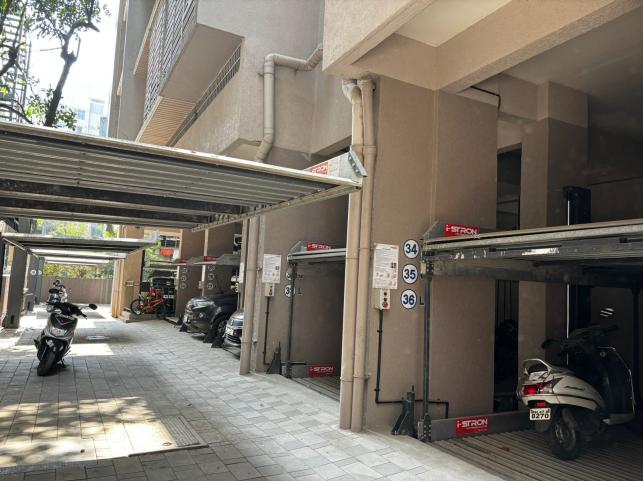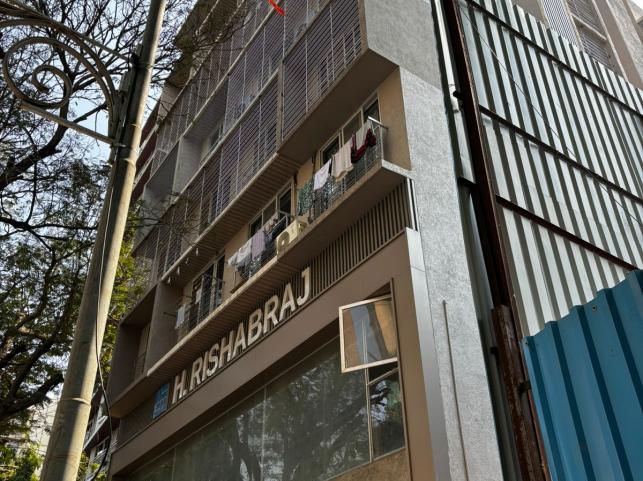BMC Faces Scrutiny After Bombay HC Orders Removal of Stack Parking in Housing Society
By Snehal Mutha | Published: January 31, 2024 06:02 PM2024-01-31T18:02:35+5:302024-01-31T18:04:50+5:30
In the aftermath of a Bombay High Court ruling mandating the removal of the stack parking system at a ...

BMC Faces Scrutiny After Bombay HC Orders Removal of Stack Parking in Housing Society
In the aftermath of a Bombay High Court ruling mandating the removal of the stack parking system at a Borivali West housing society, the Brihanmumbai Municipal Corporation (BMC) is poised to issue notices to the Ashish Cooperative Housing Society's owner, Trivedi Builders, and Hrishabraj Realty. "I am closely monitoring the case; BMC will soon issue notices to the building owners. Legal action became necessary as my concerns were dismissed by BMC and the fire department," said Dr. Rahul Jain, a petitioner who challenged the mechanized stack parking at the Ashish Cooperative Housing Society Ltd. The petition contends that the parking system encroaches on crucial open spaces, impacting areas where children play, pathways for residents, and access to a clinic, thereby raising concerns about fire safety due to its proximity to residential units. In response to the petition, the Fire Department argued that for low-rise buildings below 13 floors, no fire engine is necessary, and open space is not required, justifying the approval for stack parking.
A Senior Fire Official explained, "As per Development Control and Promotion Regulation (DCPR) 2034, buildings are categorized as low-rise (up to 32 meters, 9 floors) and high-rise buildings (above 32 meters). Low-rise buildings can be managed with a ladder, and no open space is required." In 2018, BMC relaxed norms for building structures' approval of high-rise buildings, defining low-rise as up to 32 meters (9 floors) without changing safety norms. The building in question was below 32 meters, simplifying the parking approval process. Judges noted in court that DCPR 2034 grants discretionary power to the municipal commissioner to permit relaxations in cases of demonstrable hardship. The mechanized ladder is effective up to the 4th floor, beyond which fire engines are needed. Buildings with more than 4 floors require in-built fire systems. The stack parking's height is about 7 feet, limiting entry for emergency vehicles with an average height of 9 to 12 feet. Previous norms mandated 6 meters of open space for buildings over 24 meters, which is not met. Dr. Jain and the judges highlighted concerns about potential safety norm violations under the guise of low-rise buildings.
Dr. Jain emphasized that this case represents one building in Mumbai, indicating potential safety norm violations under the pretext of low-rise structures. The fire officer raised concerns about space constraints in urban areas, stating, "Finding so much open space around every building in Mumbai is simply not feasible. "Notably, DCPR applies exclusively to Mumbai, despite the existence of the National Building Code (NBC). The Bombay High Court's ruling underscores concerns about prioritizing convenience over safety, particularly in low-rise buildings, prompting a reevaluation of safety regulations in such structures and emphasizing the need for adequate emergency access.


